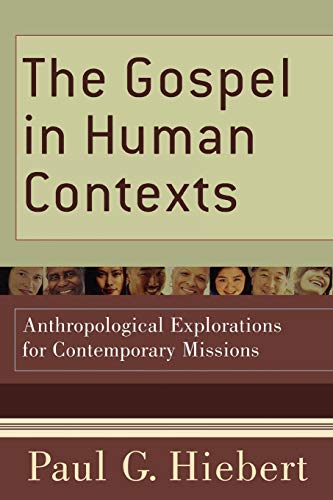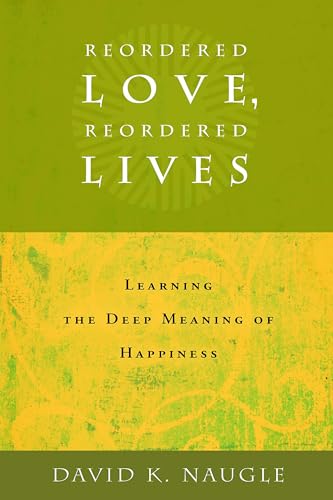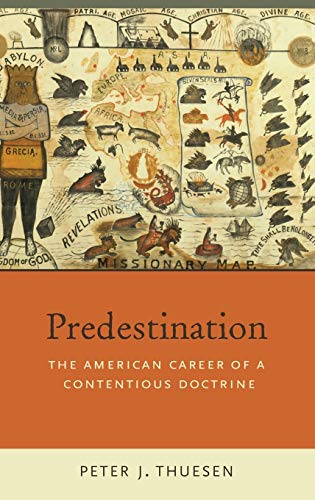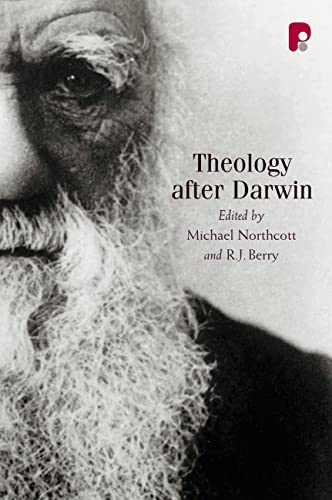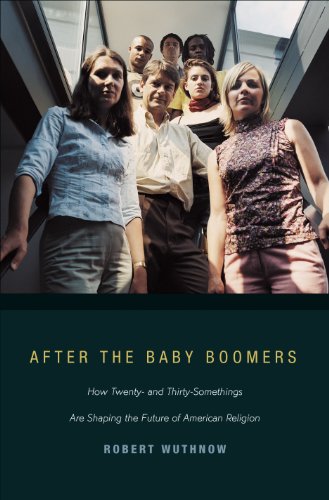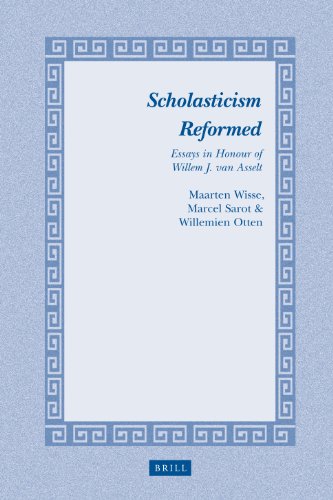The Gospel in Human Contexts: Anthropological Explorations for Contemporary Missions
Written by Paul G. Hiebert Reviewed By Kevin Paul OberlinPublished posthumously, The Gospel in Human Contexts is the product of many years of careful thought and faithful ministry by the late Paul G. Hiebert, who served as a missionary in India, a professor at Fuller Theological Seminary, and then as distinguished professor of mission and anthropology at Trinity Evangelical Divinity School.
Hiebert reasons that just as it is essential for those who minister the gospel to be trained in the exegesis of Scripture, it is also essential to master the skill of human exegesis in order to be effective ministers. But a minister must not stop there either. He must also know how to communicate the gospel effectively in human contexts so that the message is understood for the purpose of transforming lives. Hiebert argues that missional theology—the process of effectively communicating the gospel in human contexts—is a third way of practicing theology alongside of systematic and biblical theologies. The book has three sections: part 1 is on “Theoretical Foundations,” part 2 “Exegeting Humans,” and part 3 “Mission as Intercultural Mediation.” These sections work together successfully describing the needed elements for effective contextualization.
Part 1 describes various views on how the gospel relates to human contexts. Readers of other Hiebert works (e.g., “Critical Contextualization,” in Anthropological Reflections on Missiological Issues [Grand Rapids: Baker, 1994], which first appeared in International Bulletin of Missionary Research 11:3 [July 1987]: 104–12) will quickly notice his emphasis on “critical contextualization,” which Hiebert equates with “missional theology” (p. 29). Cross-cultural workers who are not practicing critical contextualization perhaps see no need for contextualization at all. To them, the gospel is simply equated with their interpretation of Christianity. Hiebert observes that although missionaries may be aware of the need for at least a minimal contextualization, many attempt to preserve civilized Christian “home” culture while living abroad—which can cultivate an unhelpful “others, not us” mentality. “To become Christian and civilized, the people must become like us” (p. 22). Hiebert argues that an uncritical or even a radical contextualization, however, is not the answer. Such cultural sensitivity distorts the gospel, resulting in a syncretistic message.
Hiebert coauthors a chapter with Tite Tiénou entitled “Missional Theology” (first appearing in Missiology34:2 [2006]: 221–38), which explains how missional theology draws from and completes biblical and systematic theology, providing a comprehensive understanding of the gospel: “It makes theology live for us” (p. 57). After outlining three steps in missional methodology, Hiebert concludes by providing two cases that illustrate his methodology—one from Scripture (Acts 15) and a second hypothetical case regarding polygamy that draws on real missions case studies.
Hiebert uses the first few chapters in “Exegeting Humans” for a historical overview of anthropology and missiology. In his chapter “Changing Image,” Hiebert explains that society naturally builds social categories around differences between us and others. This concept is nothing new historically. Hiebert traces “European encounters with others and otherness.” In the High Middle Ages, “others” were either “monsters” or “infidels”; in the Age of Exploration (1500–1700), “others” were “savages”; in the Age of Enlightenment (1700–1930), they were “primitive”; in the Age of Post-Enlightenment (1930–), “others” became “natives,” yet still “others.” The biblical view, however, affirms the oneness of humanity and the oneness of believers in Christ. True discipleship includes making “human” and “Christian” primary identities, which then naturally allows one to celebrate differences of ethnicity, gender, and culture.
Two chapters trace anthropology from “Early Anthropology” (ch. 4) through “Recent Anthropology” (ch. 5). Chapter 4 explores the relationship between anthropology and missiology as well as various anthropological paradigms that have shaped missions. Chapter 5 is a brief but excellent analysis of postmodernity. It discusses terminology such as “glocal,” which “refer[s] to the fact that people live locally, but participate to varying degrees in the emerging global networks of goods, services and information” (pp. 118–19).
Chapter 6 presents a “Systems Approach” to studying peoples, which examines various components or “mini-systems” holistically. This system-of-systems approach demonstrates the interrelatedness of human physical, biological, psychological, social, cultural, and spiritual systems. Most importantly his observations about systems help the reader know how to make the gospel clearer in another’s social and cultural contexts.
Finally, “Mission as Intercultural Mediation” presents mission in the twenty-first century as mediation. Hiebert notes two factors that are becoming increasingly apparent: (1) “missions to people who have yet to hear the gospel must continue,” and (2) “a growing number of missionaries are inbetweeners who stand between different worlds, seeking to build bridges of understanding, mediate relationships, and negotiate partnerships in ministry” (p. 179). “Inbetweeners” must bridge certain gulfs by incorporating into local systems socially so that they learn best how to contextualize appropriately. “Inbetweeners” must be educators, teaching sponsoring churches to be outward-focused communities, able to identify with people from elsewhere. “Inbetweeners” need to be continually connected to both scholarship and on-field missionary work so that they bring the best research and theory to the field.
Hiebert propounds that in a glocal world “missionaries and global leaders must increasingly be transcultural mediators—people who live between cultures and deal with issues arising among different communities” (p. 188). Global mediators are to some extent insiders in each society, yet because they never fully become members of any one culture, they are “outsider-insiders.” Hiebert writes, “To become transcultural mediators we need transcultural identities. This requires developing a metacultural mental framework that enables us to live in different worlds while keeping our core identity secure” (p. 198).
The organization of the book is such that certain ideas are repeated throughout the book. While this structure is very helpful in clarifying key themes, certain paragraphs sound almost completely redundant (e.g., cf. pp. 40, 43 with 127–28). Several paragraphs also overlap with Hiebert’s recent work (also published posthumously) Transforming Worldviews: An Anthropological Understanding of How People Change (Grand Rapids: Baker, 2008). While Transforming Worldviews is about 150 pages longer and has a different emphasis, large portions of chapters overlap (e.g., ch. 3, “Worldviews in Human Contexts”).
As customary with the many of Hiebert’s works, he includes many vivid illustrations and figures that effectively clarify and summarize his overall point. The book includes a helpful index that could serve as a term sheet for an introductory class on contextualization. Paul Hiebert has left us with an incredibly helpful resource with compelling scholarly information that will assuredly help practitioners flesh out their “missional theology” in the field.
Kevin Paul Oberlin
Bob Jones University
Greenville, South Carolina, USA
Other Articles in this Issue
Most of us, I suspect, develop fairly standard ways, one might even say repetitive ways, to appeal to the motivations of our hearers when we preach the gospel...
How to Write—and How Not to Write—A Review: An Appreciative Response to Reviews of Ancient Near Eastern Themes in Biblical Theology by Dempster and Edgar
by Jeffrey J. NiehausI want to thank Themelios for the unusual opportunity to interact with two reviewers of my book Ancient Near Eastern Themes in Biblical Theology...
Parallels, Real or Imagined? A Review Article of Jeffrey J. Niehaus, Ancient Near Eastern Themes in Biblical Theology
by William EdgarWhen I came to Westminster Theological Seminary in Philadelphia as a young student in the 1960s, two things struck me...
Why Evangelicals Should Ignore Brian McLaren: How the New Testament Requires Evangelicals to Render a Judgment on the Moral Status of Homosexuality
by Denny BurkIn 2006 on Christianity Today’s leadership blog, Pastor Brian McLaren urged evangelical leaders to find a “Pastoral Response” to their parishioners on the issue of homosexuality...
A Member of the Family or a Stranger? A Review Article of Jeffrey J. Niehaus, Ancient Near Eastern
by Stephen DempsterWe cannot overstate how important knowing the context is for understanding the significance of any communication, whether that is a simple word, sentence, paragraph, larger text, sign, photograph, or cultural cue...


